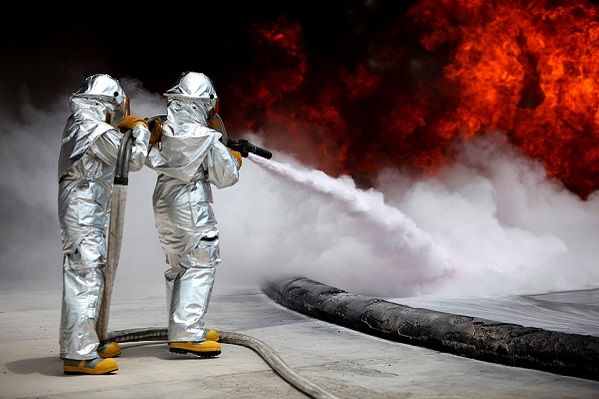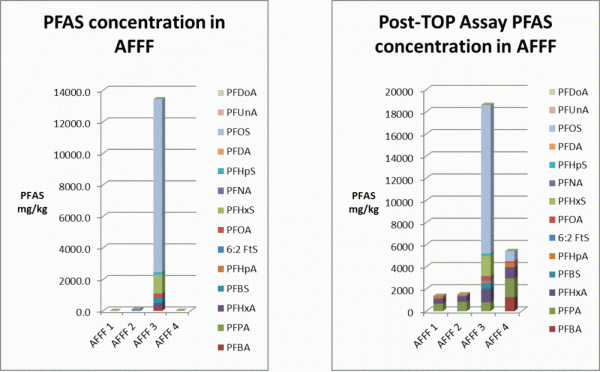PFAS Testing
Feb 14, 2017

The need for PFAS (poly- and perfluoroalkyl substances) testing in environmental samples has developed together with an increasing number of applications for such compounds.
PFAS are valued for their properties as tensides and have been used for decades in diverse applications, for example: water repellent “outdoor” fabrics, stain resistant carpets, non-stick frying pans and firefighting foams.
PFOS (perfluorooctane sulphonate) and PFOA (perfluorooctanoate) are the best know examples of PFAS with PFOS and PFOA testing being a standard in most laboratories. PFOS is restricted under the Stockholm Convention and classed as a persistent organic pollutant (POP), with PFOA being actively considered for inclusion.
With an increasing number of PFAS found in the environment PFOS and PFOA testing is no longer sufficient for a risk assessment. New PFAS are used for example in aqueous film forming foam (AFFF) and multiple other products. PFAS can biotransform to more simple perfluorooctanoic acids such as PFOA and they are sometimes referred to as precursors.
As a result, there are significant analytical challenges to overcome when considering how to assess soil and groundwater contaminated with PFAS as there are multiple analytes to consider. ALS has developed analytical suites to meet the demands from regulators containing around 25 individual PFAS. However, to determine the total concentration of PFAS in a sample a so-called Total Oxidisable Precursor (TOP) assay has been developed.
The TOP assay includes transforming all of the potential PFAS precursors in a sample to measurable fluorinated compounds such as PFOS and PFOA.
The TOP assay provides information analogous to a fractionated TPH analysis, the carbon length of the PFAS pre-cursors are provided although specific substance information is not. This helps to understand the likely toxicity and bioaccumulation effects of the PFAS substances present.
As part of the validation for this method a series of AFFF were analysed pre and post oxidation. The results are presented below.

Together with Arcadis our laboratory in Hawarden UK have worked collaboratively to bring this exciting product from academic research to full commercialisation to help fill some of the gaps in knowledge that regulators and remediation practitioners have in relation to PFAS impacted sites.

